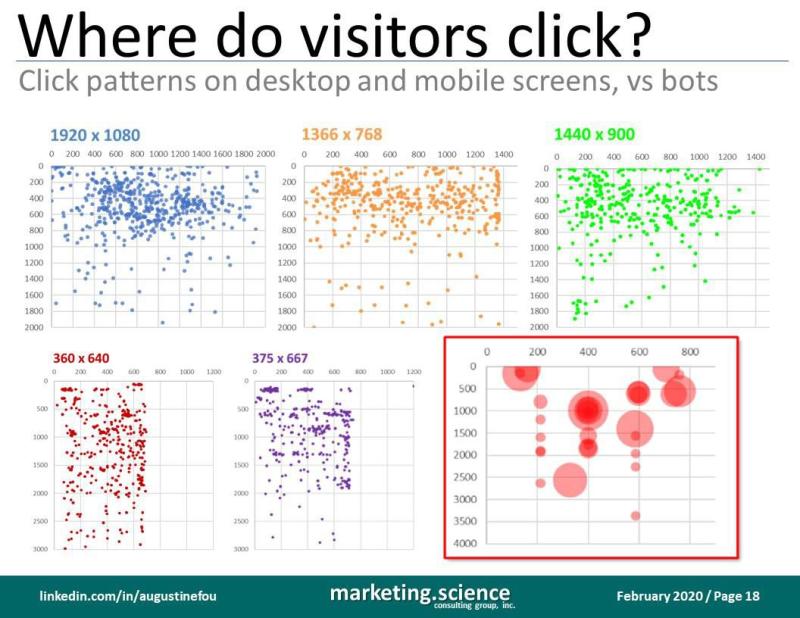Marketers, ponder this for a second. You just got an ad verification report that you paid for that says “27% IVT” (invalid traffic). “Whatcha gonna do?” The campaign’s over. Are you going to refuse to pay 27% of what you owe, and risk getting sued for non-payment? Or if you’ve already paid for the media, try to get a 27% refund? Either way, your ads weren’t shown to humans and they won’t have any marketing effect. What can you do?
What if you had your own analytics that told you which specific sites and apps were fraudulent, instead of just a number like “27% IVT” within the first week the campaign was turned on? You could then add those domains and apps to your block list, or remove them from your include list, so ads can be shown on better sites and mobile apps for the rest of the campaign. In other words, more ads will be shown to humans, less money will go to fraudsters, and your ads can have greater marketing impact because you were able to make the changes while the campaign was still running. Imagine being able to make these optimizations week after week, to make your campaigns progressively better as they run.
Problems With Fraud Detection and Getting Refunds
If you needed to get a refund of 27% and presented that IVT report as evidence, the opposing party will present their own IVT vendor report that says the IVT was only 1%. Even if both vendors are MRC-accredited, they are both “black box.” This means neither vendor presents the necessary supporting evidence that allows the parties to determine which IVT number is correct — 27% or 1%? Note that MRC accreditation means the vendors measured what they said they would measure, NOT that they measured correctly (because the MRC doesn’t have a magical “answer key” to know what is correctly detected either). So getting refunds for money spent on invalid traffic is tricky. See: How Will You Get Refunds for Ad Fraud and Brand Safety Issues?
The other unstated problem is whether the IVT numbers are correct in the first place. What if there were not 27% IVT? Or what if it was actually even higher than 27%? How would you know if there’s no supporting data to look at to verify? Would not looking at the details simply make the problem go away? Would just assuming these vendors measure accurately be sufficient? I don’t think so. As an independent ad fraud researcher, I have documented the errors in measurement by fraud verification vendors for years. See: Examples of Incorrect Measurements by IVT Vendors. It’s not just that their IVT numbers are too low; sometimes they “detect” fraud where there is none, simply due to errors in measurement, that even they cannot explain. Those technologies end up blocking legitimate publishers’ sites and not blocking fraudulent sites and mobile apps, thus making your campaigns worse than if no “fraud verification” tech was used in the first place. You paid extra, and got worse outcomes.
With Analytics, You See and Understand Why Something is Fraudulent, Take Action
Now, what if I showed you data about a website and it revealed that it had 100% Android 8.0.0 traffic, and even 100% identical versions of Chrome browser? Does such a site seem normal to you? Wouldn’t a site that was visited by humans exhibit a variety of different devices, like iPhones, laptops and PCs, and different browsers like Safari, Chrome, Firefox, etc.? Long story short, what you are seeing is a site that bought traffic, and bots made from android devices are delivering the traffic, so it can fraudulently generate ad impressions to sell to you. On the right side of the slide below, you can see data on one mobile app. Each “fingerprint” represents a unique device, and the percent next to it shows the percent of impressions that device “ate up.” For example, the first device at up 9% of the impressions in your campaign. Does that sound normal to you? By knowing which domains or mobile apps are fraudulent, and why they were marked as fraudulent, you can decide whether to keep buying ads from them. Or you can decide to turn them off so your campaign can run more cleanly. Just add them to your block list.

DATA FROM FOUANALYTICS
Of course the above examples are…




